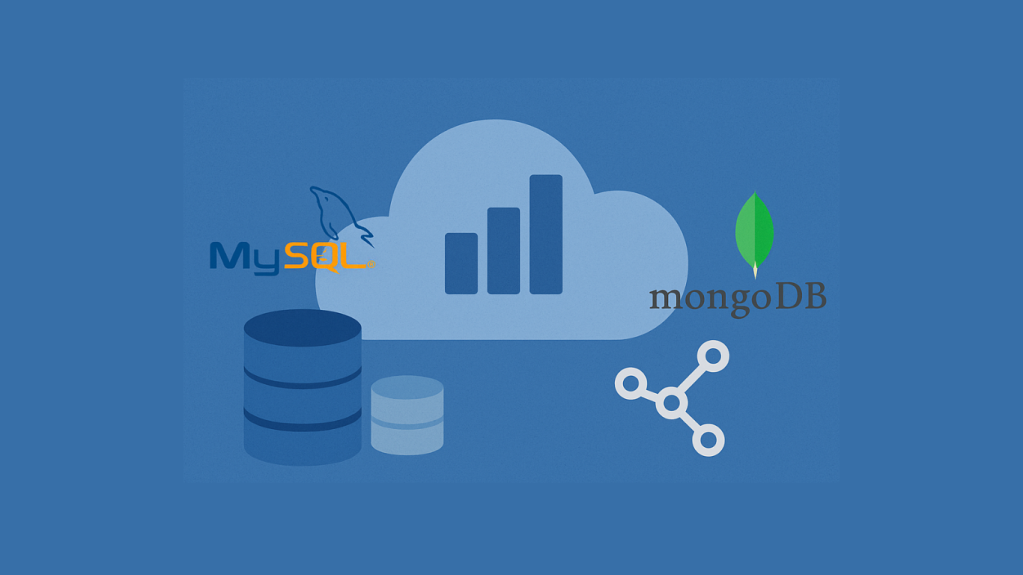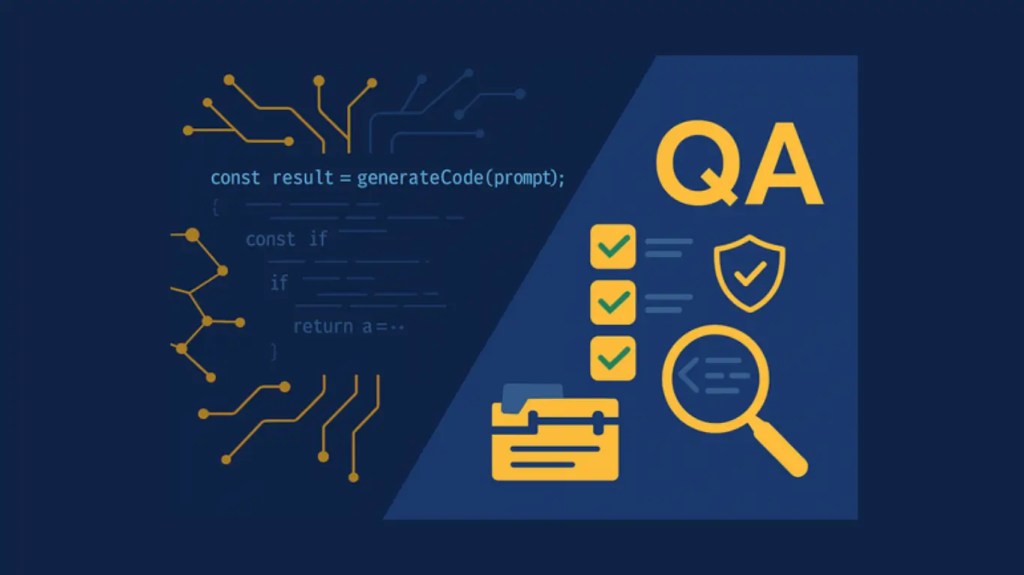Choosing the right type of database is one of the most critical architectural decisions a development team can make. It’s not just about performance or scalability—it’s about aligning your data model with the structure, scale, and demands of your application. In an era driven by big data, real-time analytics, and rapidly evolving user expectations, this decision is more important than ever.
In this post, we’ll explore how relational and non-relational databases differ, the strengths and limitations of each, and when you should use one over the other in modern application development.
What Is a Relational Database?
A relational database stores data in structured tables made up of rows and columns. Each table contains records, and those records can relate to one another using primary and foreign keys. This model is ideal for data that fits neatly into a predefined structure and benefits from maintaining strict relationships between entities.
Relational databases rely on Structured Query Language (SQL) to define, manipulate, and query data. They’re known for being robust, consistent, and reliable—especially in systems where data integrity is mission-critical.
Popular relational databases include:
- MySQL
- PostgreSQL
- Oracle Database
- Microsoft SQL Server
Key Features
- Structured schema: Data models must be defined ahead of time, ensuring consistency
- ACID compliance: Supports transactions that are atomic, consistent, isolated, and durable
- Relational logic: Ideal for managing complex relationships between data entities
What Is a Non-Relational Database?
A non-relational database, often referred to as NoSQL offers a more flexible approach to data storage. Instead of tables, these databases use structures such as key-value pairs, documents, graphs, or wide columns, depending on the database type. This design enables greater agility, particularly when handling large volumes of rapidly changing, diverse, or unstructured data.
NoSQL databases are engineered for high performance at scale, often supporting distributed architectures and real-time workloads.
Popular NoSQL databases include:
- MongoDB (document-based)
- Redis (key-value store)
- Cassandra (wide-column store)
- Neo4j (graph database)
Key Features
- Flexible schema: Easily adapt to changing data structures without a rigid model
- Horizontal scalability: Distribute data across multiple servers with ease
- Optimized for specific models: Designed for use cases like caching, real-time analytics, and graph traversal
When to Use a Relational Database
Relational databases are well-suited for applications that require precision, consistency, and well-defined relationships. They shine when your data is highly structured and your operations demand accuracy and traceability.
Use relational databases when:
- Data relationships are complex and central to the application logic
- Transactions and data integrity are critical
- Your queries require joins, aggregations, or other advanced SQL operations
- The data model is stable and unlikely to change frequently
Common use cases:
- Banking and financial systems
- ERP and CRM platforms
- Inventory and order management
- HR and payroll systems
When to Use a Non-Relational Database
Non-relational databases are often the right choice when flexibility, speed, and scale are top priorities. They’re ideal for handling diverse or evolving data structures and for workloads that require fast reads and writes across distributed systems.
Use non-relational databases when:
- You’re working with large volumes of unstructured or semi-structured data
- The application needs to scale horizontally across multiple nodes
- Flexibility is more important than strict consistency
- You’re dealing with high-velocity data, such as IoT, real-time analytics, or caching
Common use cases:
- IoT sensor data collection and time-series data
- Real-time analytics dashboards
- Content management systems (CMS)
- Personalization and recommendation engines
- Messaging and session storage
👋 Not sure which database is right for your application?
Our team can help you make the right architectural choice—and implement it seamlessly. Get in touch to start the conversation!
Trusted by tech leaders at:



Making the Right Choice for Your Project
The decision between relational and non-relational databases ultimately comes down to the nature of your data and how your application will interact with it. Relational databases offer maturity, consistency, and deep querying power—perfect for structured, business-critical systems. Non-relational databases, on the other hand, offer the speed and flexibility needed to power dynamic, high-velocity applications.
In many modern architectures, teams use both—a practice known as polyglot persistence—to leverage the strengths of each where they’re needed most.
Let’s Build the Right Data Architecture Together
Need help choosing the right database for your application?
At Curotec, we help companies design and build scalable, high-performance systems that align with their business goals. Whether you need SQL, NoSQL, or a hybrid data architecture, our team can guide you through every decision—ensuring your application is fast, resilient, and built to scale. Reach out today to start building a smarter data strategy that grows with your business.









